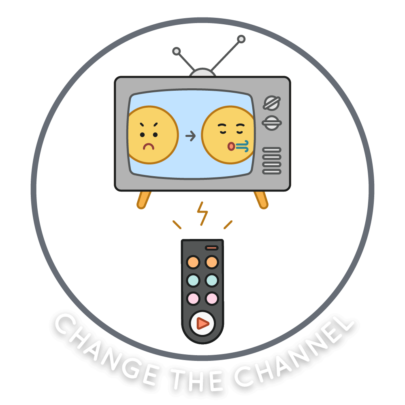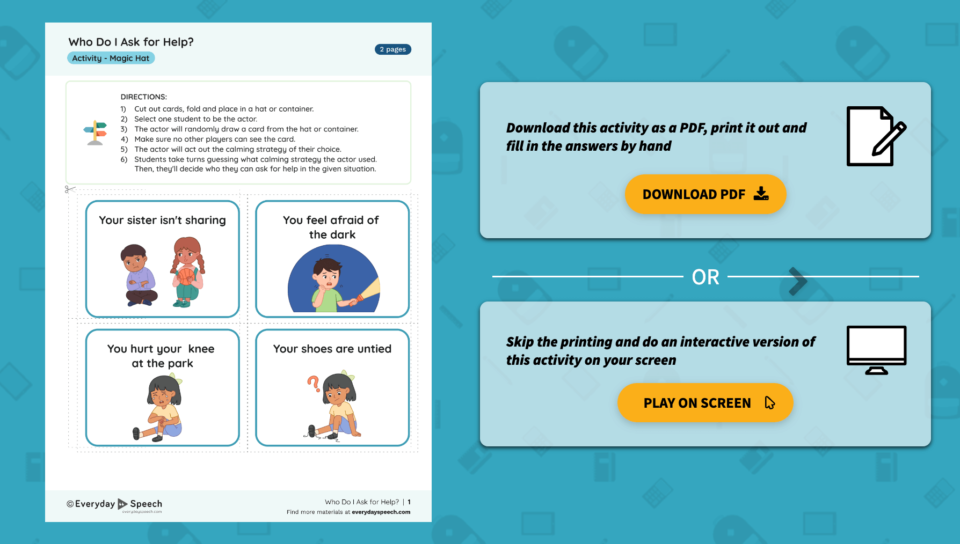
Understanding and expressing emotions form the cornerstone of healthy social and emotional development across all ages. From early childhood to adulthood, the ability to recognize and navigate emotions shapes our interactions, relationships, and overall well-being. Emotional recognition lays the foundation for empathy, resilience, and effective communication, making it an essential skill to cultivate from a young age. In this blog post, we’ll explore the importance of nurturing emotional recognition and delve into practical strategies for fostering this vital skill in pre-K students.
The Importance of Teaching Emotional Recognition to Pre-K Students
Recognizing and understanding emotions are fundamental components of healthy social and emotional development in young children. By nurturing emotional recognition early on, we lay the groundwork for empathy, resilience, and self-awareness. This foundational skill not only enhances children’s ability to navigate social interactions but also fosters a deeper understanding of themselves and others.
Emotional Recognition and Asking for Help
One key aspect of emotional recognition is understanding when to seek help. In a classroom bustling with activity, it’s normal for little ones to encounter challenges. Teaching them to recognize their emotions and ask for help when needed empowers them to navigate these hurdles with confidence. It fosters a culture of collaboration and support, setting the stage for a lifetime of seeking assistance when necessary.
Emotional Recognition – Lesson Plan for Pre-K Students
Lesson Objective
To introduce Pre-K students to the concept of emotional recognition and the importance of asking for help when needed.
Materials Needed
- Interactive worksheet: “Who Do I Ask for Help?” (see below)
- A hat or container
- Scissors
Lesson Plan
- Warm-Up (5 minutes): Begin with a circle time discussion about feelings. Use real-life examples from the classroom or children’s experiences to discuss different emotions and why it’s important to recognize and express them.
- Introduction (10 minutes): Engage students in a discussion about situations where they might need help. Ask open-ended questions such as, “Can you think of a time when you needed help with something?” or “How did you feel when you asked for help?” Encourage students to share their experiences and feelings.
- Activity (15 minutes): Explain the activity to the students. Have them sit in a circle and explain that one student will be selected as the actor. The actor will draw a scenario card from the hat or container and act out the situation without speaking. The other students will guess what situation is being depicted. Afterward, students discuss who they can ask for help in the given scenario.
- Group Discussion (5 minutes): Reconvene as a class and discuss the scenarios from the activity. Allow students to share their responses and reasoning behind their choices. Emphasize the importance of seeking assistance when needed and that it’s okay to ask for help.
- Conclusion (5 minutes): Conclude the lesson by reflecting on what was learned about asking for help. Reinforce the message that asking for help is a brave and important skill, and encourage students to continue practicing it.
Who Do I Ask for Help? Magic Hat Activity and Interactive Worksheet
Access this activity here!
Get instant access to thousands of no-prep social skills activities, over 1000+ video lessons, and engaging games designed to enhance learning and development.
Conclusion
Teaching emotional recognition to pre-K students is more than just a lesson—it’s an investment in their emotional well-being. By equipping them with the tools to understand and express their feelings, we can lay a sturdy foundation for future success. Remember, in the journey of emotional growth, asking for help is not a sign of weakness but a courageous step towards understanding oneself and fostering a supportive community. Together, let’s nurture little hearts and minds, one emotion at a time!
Sample Video
Students learn best from watching real students their own age model skills. Try out this sample video lesson. We offer our entire Social-Emotional Learning platform free for 14 days here!
Related Blog Posts:
No-Prep Elementary Lessons to Teach Emotional Recognition
Free Emotional Recognition Visual Tool
Understanding Emotions Through the Big Three


